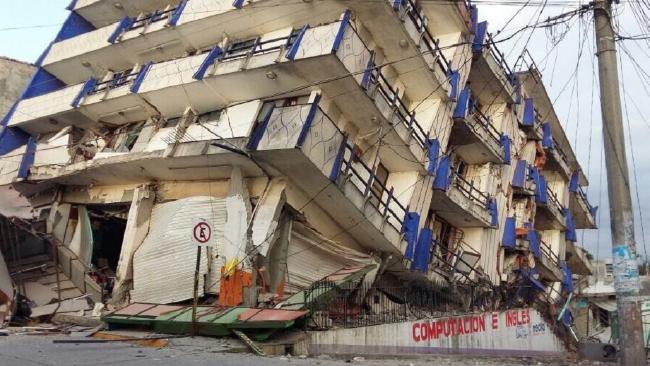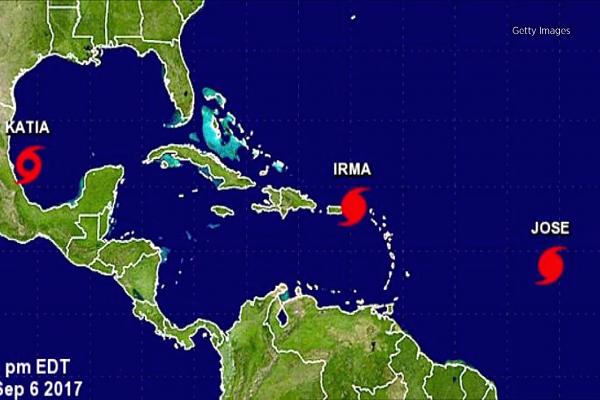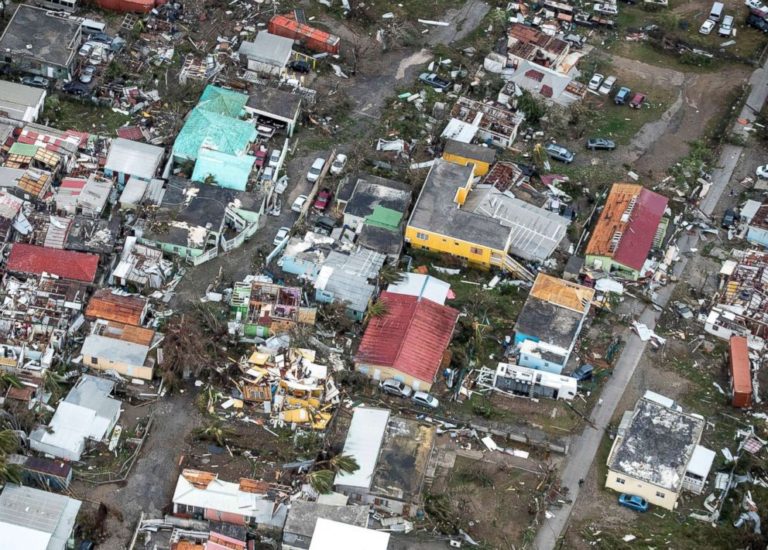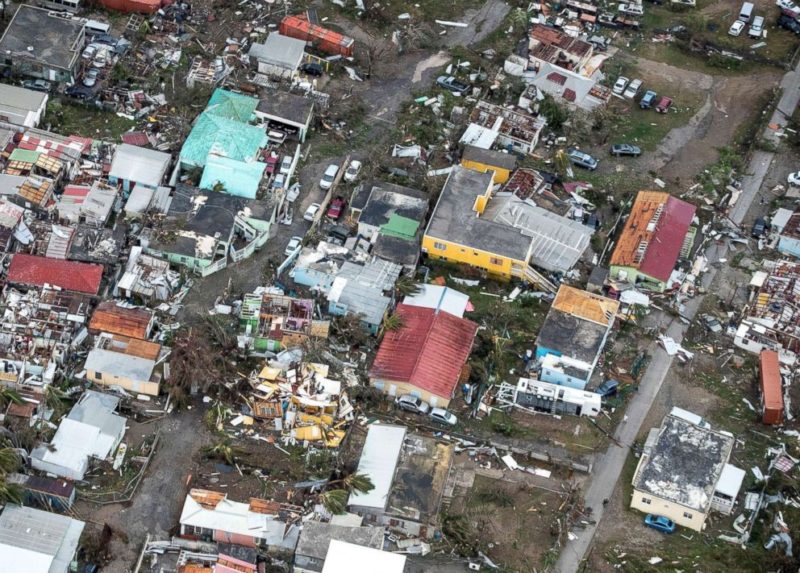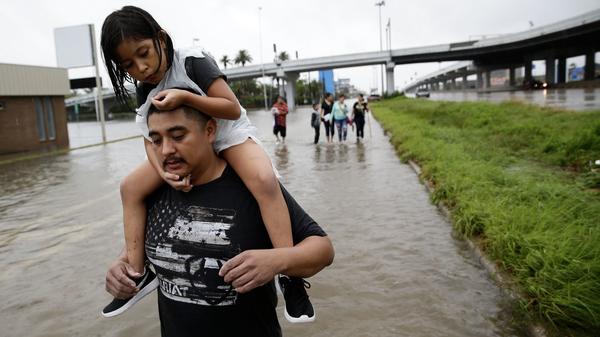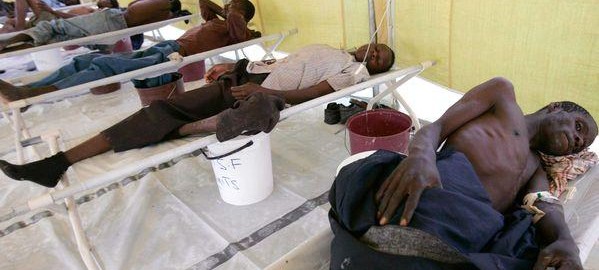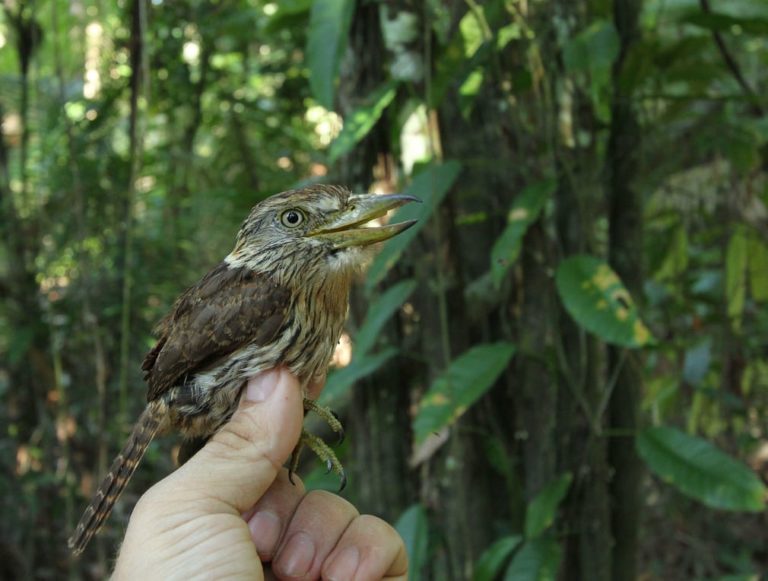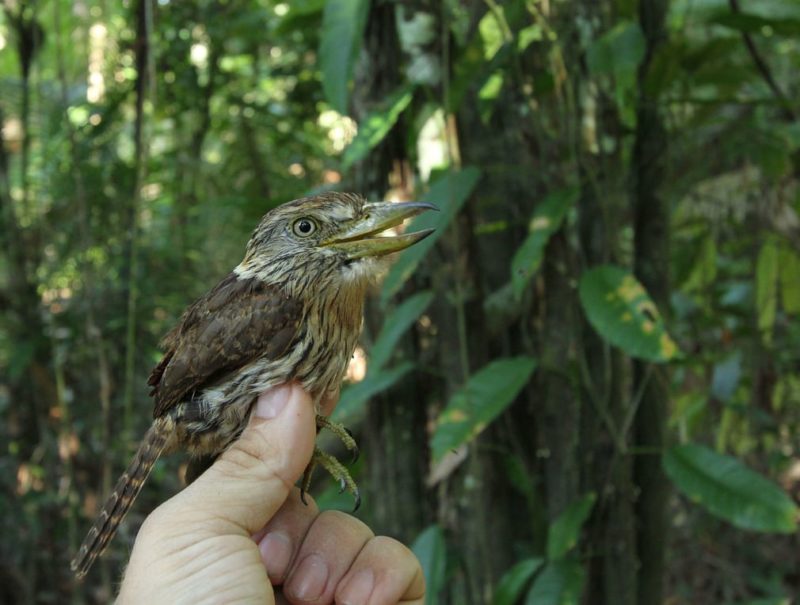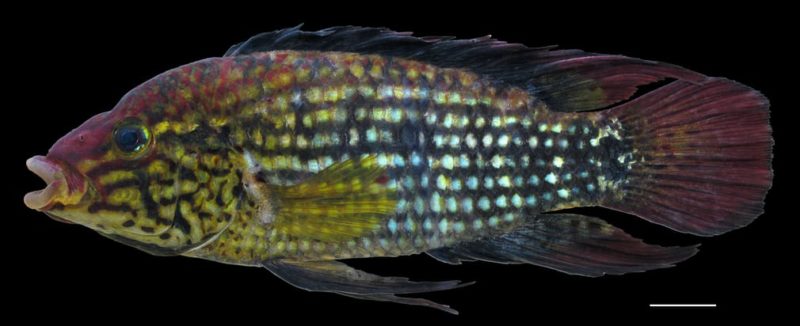The Economic and Financial Crimes Commission (EFCC) on Friday, September 8, 2017 told Justice Chuka Obiozor of the Federal High Court, Lagos that the retiring Permanent Secretary in the Federal Ministry of Labour and Productivity, Dr Clement Illoh Onubuogo, corruptly enriched himself.
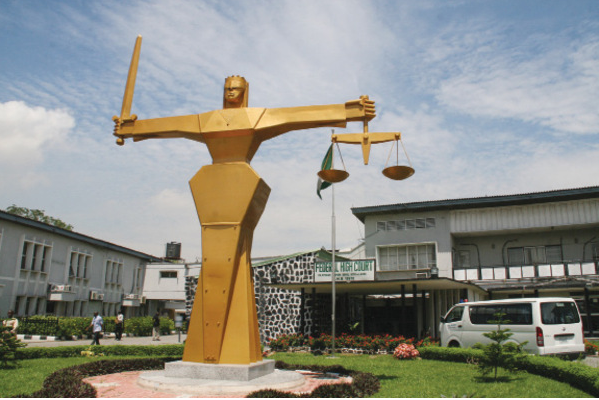
The anti-graft agency has consequently instituted a motion on notice before the court wherein it is asking the judge for a permanent forfeiture of the sums of N664,475,246.6, $137,680.11 alongside the property it recovered from the troubled Permanent Secretary to the Federal Government of Nigeria (FGN).
The EFCC had on August 17, 2017 obtained an order of temporary forfeiture of the sum, a property described as “Clement Illoh’s Mansion” located at Ikom Quarters, Issala-Azegba in Delta State and a hotel at No. 19, Madue Nwafor Street, off Achala Ibuzo Road, Asaba, Delta State, to the FGN.
While granting the order prior to this time, Justice Abdul-Azeez Anka, had ordered the EFCC to notify the permanent secretary, in whose possession the property were found, to appear before the court and show cause within two weeks why they should not be permanently forfeited to the Federal Government.
Justice Anka had equally directed that the commission should publicize the interim orders in any national daily to allow any interested party to appear before him to show cause within two weeks why the order should not be made permanent.
But at the resumed hearing of the case before Justice Obiozor, counsel to the EFCC, Rotimi Oyedepo, revealed that a motion which sought the final forfeiture of the money and property to the FGN has been instituted.
Oyedepo went further to to maintain that the motion brought pursuant to Section 17 (4) of the Advance Fee Fraud and other fraud related offences Act has been served on the permanent secretary, whom he said is yet to file a counter-affidavit.
The EFCC counsel had equally told the court that sequel to the directive issued by Justice Anka, the anti-graft agency had published the interim order on August 23.
In response, counsel to the Permanent Secretary, T. S. Awhana, while acknowledging the receipt of the motion for final forfeiture, contended that he had already filed a counter-affidavit against it.
He equally noted that a notice of preliminary objection challenging the court’s jurisdiction to make the interim order had equally been instituted.
Awhana said: “It was improper for the commission to come before the Lagos court when all transactions leading to the suit were conducted in Abuja.”
The matter has been adjourned until September 22, to allow for exchange of processes between the parties.
By Chinyere Obia

